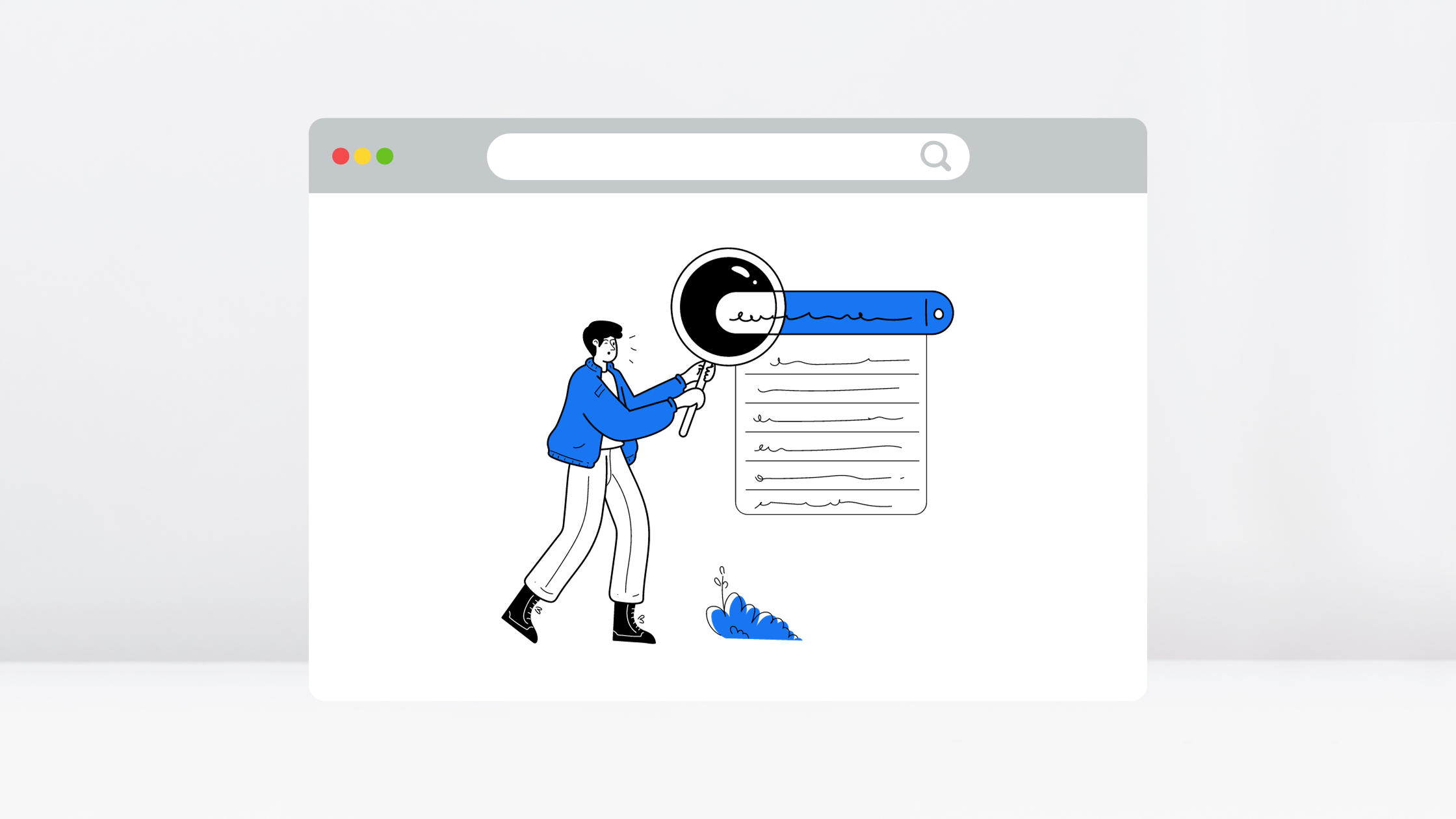4 Rules for Creating Lead Generation Forms
A [FREE PRESS RELEASE TEMPLATE] made its way into the company email. The source was reputable. The content was intriguing (who knows how to write a professional press release anyway?). And the word “free” made it worth the extra click.
All we had to do was provide a little information:
✔ Name
✔ Last Name
✔ Work Phone
✔ Company
✔ Company Website URL
✔ Company Size
✔ Company Yearly Income
✔ Job Title
✔ What is your greatest challenge professionally?
Unlike applying for a home mortgage loan, this amount of personal information isn’t going to yield big rewards.
The reward was a simple template, and this was absurd.
Leads are valuable because they’re the people who have indicated organic interest in your content and your business by giving you their information. But leads don’t grow on trees, and mistakes like this are costing brands potentially thousands of customers.
So here are four essentials for making lead gen forms work for you as best as they can:
-
Keep it short and sweet
-
Write a compelling CTA
-
Allow opt-in and opt-out
-
Focus on privacy
Keep it Short, Simple and Easy
Every field you add to a form cuts the number of leads by 25%. And according to the 2012 MarketingSherpa Lead Generation Benchmark Report, email is the most important form field across different industry sectors.
“Qualified” leads simply mean “more likely to buy.” It does not mean “endured tedious data extraction.” Typically, contact information like email and phone number are essential but demographic questions can be reserved for the future in a process called “progressive profiling.”
Although there’s no defined set of form fields that yields the greatest number of conversions, you’ll see results the moment you start to request only the necessary information using fewer form fields.
Make each field simple by offering checkboxes, drop-downs, or simple answers to lessen the work. Who wants to answer open-ended questions for strangers? If you must include them, keep them optional.
Write a Compelling CTA
Words have the ability to add incentive. Your submission button can remind prospects what they’ll get for the information they choose to share.
Ensure that you’ve incorporated a strong CTA, or call-to-action, that compels people to make that final submission.
Examples like “Start Class Now,” “Get your free ebook now,” or “Create Account & Get Started” have been proven to increase conversions compared to their simpler but more vague counterparts such as, “Download,” “Submit,” and “Create My Account.”
Include Opt-in Options to Avoid Complaints
Although email is the most important field across industry sectors, it’s also your biggest obstacle. Users fear spam, and so they should.
Giving leads the ability to opt-in (or out) of receiving email from the organization accomplishes a few things:
-
It reduces the number of spam complaints against your business, thereby reducing any possibility for future messages to be marked as spam.
-
It increases your leads’ sense of privacy, which means that you’re more likely to receive primary emails as opposed to separate spam collection email accounts intended to trap and ignore your follow-ups.
-
It creates “clean” email lists with fewer unsubscribes and abuse complaints.
Include Your Privacy Policy to Remove Doubts
Shopify’s simple, trustworthy privacy statement says all it needs to on their lead generation form: “No charge. Unsubscribe anytime.”
Do you include privacy statements in your lead gen form and CTA?
Prospects are becoming smarter and know that most privacy statements don’t live up to what they promise, but including a link to your Terms and Conditions is the most basic version of offering transparency.
You need to convince people to give you their personal information through a sign-up form, which means you need to offer what visitors can expect after submitting the form, how their information will not be sold or given to any outside party, and a clear way to remove themselves from your list at any time.
Want more insights? Contact our digital marketing experts at RLC Media to start growing your online business today.





